Natural gas is one of the common sources of energy used in various countries in the world. In the US alone, natural gas contributes over 38% of the electricity generated, making it the most popular energy source in the country. Natural gas may not be as clean as other renewable energy sources like solar or wind, but it is at least cleaner than coal and other fossil fuels.
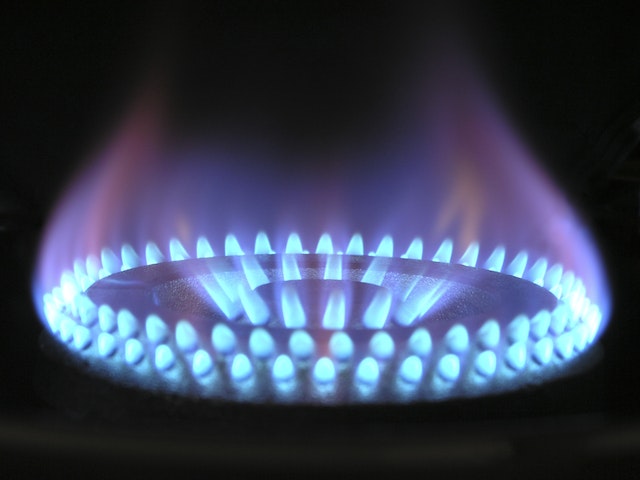
Scientists look at natural gas as the transitional energy source between the dirty fossil fuels and renewable energy sources that the world is striving for. It emits the least greenhouse gases among all the fossil fuels when generating electricity. In today’s article, we will assess the impact of natural gas on our environment, including its advantages and disadvantages. But first, let us look at some basics of natural gas and how it is used to generate electricity.
What is natural gas, and how does it generate electricity?
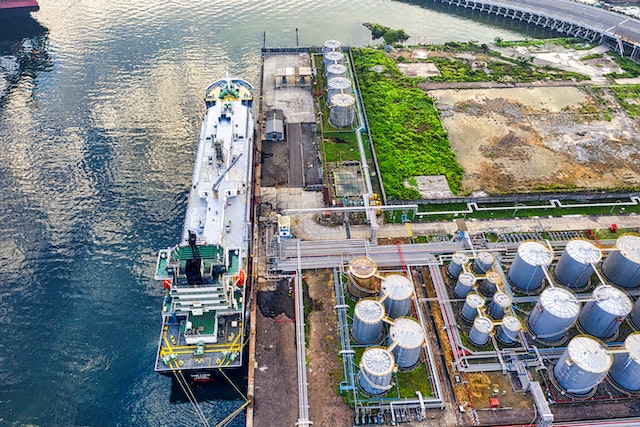

Natural gas is a mixture of gases that are rich in hydrocarbons. Unlike most gases that are present in our atmosphere, natural gas is beneath the earth, close to the other solid and liquid hydrocarbons, including coal and crude oil. Accessing natural gas requires extracting it from the earth’s crust using specialized equipment that usually requires much energy.
So, how is natural gas used to generate electricity? The process of using natural gas to generate involves three major steps, including extraction, transportation, and generation. In the extraction step, natural gas is extracted from the earth’s surface using various methods such as vertical drilling, horizontal drilling and hydraulic fracturing.
Once it gets to the surface, it is processed and then transported via pipelines to the natural gas power plants to be turned into electricity and for other purposes. At the power plants, natural gas is used to heat steam, which generates electricity by spinning a turbine, or they use a combustion turbine to create a rotating mass that produces electricity.


Since natural gas contains hydrocarbons, its burning leads to the formation of carbon dioxide in the atmosphere. However, it generates between 50 to 60% less carbon dioxide than coal and other fossil fuels. The fact that it causes fewer emissions than coal is why it is used as a stop-gap energy source in several countries as they try to increase their capacity for generating energy using renewable sources like solar and wind.


Besides generating electricity, natural gas is also used for cooking in most homes and food facilities like restaurants and hotels. It should be noted that natural gas also emits some CO2 when used for cooking because the process involves combustion. However, the amount of carbon dioxide released is way lower than emissions created using rudimentary cooking energy sources like firewood and charcoal. Using gas is a way more efficient and clean solution than those methods.
Now that we have covered some basics of natural gas let us look at how it impacts our environment, including its pros and cons.
Benefits of natural gas
Cleaner than other fossil fuels


One of the reasons natural gas is a very popular source of energy is the fact that it releases fewer emissions when being used to generate electricity compared to other fossil fuels like coal. Of course, natural gas is not as clean as hydro energy, solar, or wind, but it is a much better energy alternative that can be relied on as we transition to renewable energy sources.
Gas has stood the test of time.


Natural gas has been around for several decades, making it one of the mature energy sources that have stood the test of time. Its production process has been well optimized to ensure it is as efficient as possible. The processes of generating electricity using natural gas have also been optimized to minimize the emissions released per kWh of electricity generated.
Natural Gas is abundant
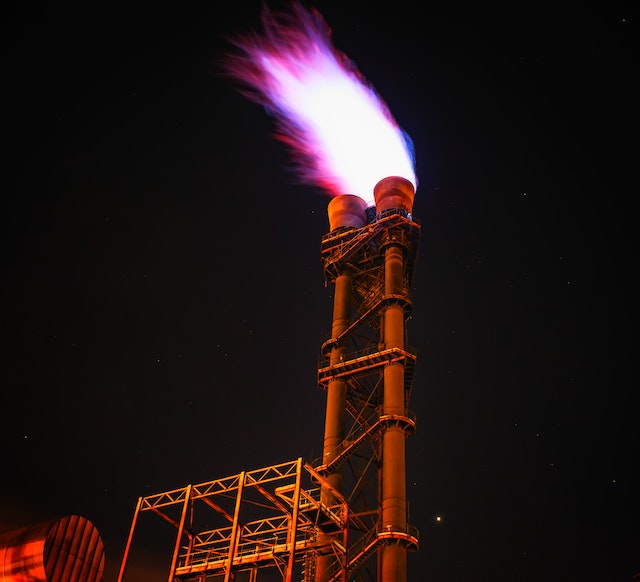

Another reason natural gas is one of the primary energy sources is its abundance. Data shows that we can have enough natural gas for the next 53 years if we continue using it at the current rate without finding any additional reserves. Of course, there will likely be more natural gas that could be discovered in the next couple of years.
Natural Gas is not dependent on weather


Unlike most renewable energy sources like wind and solar, natural gas can be used to generate electricity throughout the year without being affected by weather conditions. This makes it a very reliable energy source that can be taken advantage of in almost every part of the world.
That is why it is the primary energy source for countries with extremely low temperatures. In Russia, natural gas is responsible for 57% of their total energy. Other energy sources, such as solar, are not reliable because of the general weather conditions in these countries.
Natural Gas produces less harmful waste


All fossil fuels produce waste during combustion. However, natural gas produces less harmful waste than most fossil fuels. The waste products from the combustion of natural gas include CO2, carbon monoxide, sulfur dioxide, nitrogen oxides, and many other compounds.
Most of the above by-products are similar to what most fuels produce. However, natural gas combustion produces less of them. Overall, it is an eco-friendlier source of energy when you compare it with the other fossil fuel alternatives.
Natural Gas is more efficient and cheaper.


Another huge advantage of natural gas over most fossil fuels is its efficiency and cost of using it to generate electricity. Natural gas is efficient since it produces fewer wastes during combustion than most fuels. This also makes the cost of producing every kWh of electricity using natural gas much lower than most energy sources.
Data shows that the cost per kWh of natural gas is much lower than coal. This is why it is the preferred source of energy over coal.
Natural Gas is a versatile energy source.


Natural gas can be used for different purposes depending on the demand. Some of the common use cases of natural gas include the generation of electricity, cooking, heating systems in homes, and more. Its versatility is one of the reasons it is very popular in many countries despite having some negative impacts on the environment.
Negative effects of natural gas
Natural Gas emits greenhouse gases
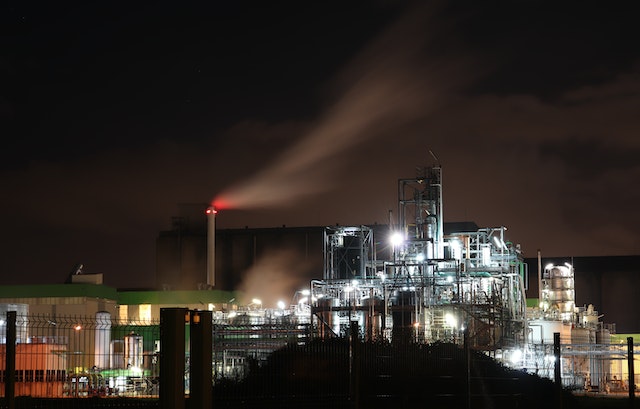

Natural gas is a fossil fuel that emits greenhouse gases during combustion as it is used to generate electricity. Even though it produces fewer emissions than other fossil fuels, it is still an unclean energy source compared to other energy alternatives like solar and wind. The accumulation of greenhouse gases in the atmosphere leads to global warming.
For long-term sustainability, we need to find more renewable alternatives to replace natural gas and other fossil fuels as our primary energy sources.
Natural gas is a finite resource.


As we shared earlier, scientists predict that natural gas will be depleted in the next 53 years if we continue using it at the current rate. These predictions assume no new natural gas reserves will be discovered during that time. But even if new natural gas reserves are found, at some point, we shall use it all, which could create an energy deficit in the next couple of years.
Natural gas is not a renewable energy source, so using it is not sustainable in the long term. We must embrace renewable energy sources like solar and wind since they can’t get used up no matter how much we use them to generate energy.
Natural Gas does cause air pollution
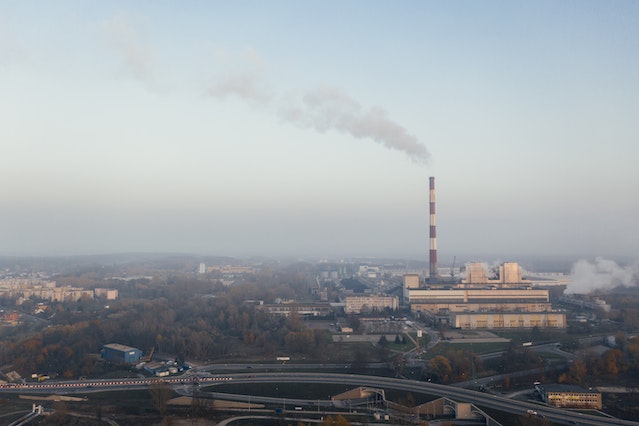

On top of the emission of dangerous greenhouse gases to the atmosphere, the combustion of natural gas also produces harmful gas that pollutes the air we breathe. The presence of these gases in our air can lead to allergies and other complicated health issues like lung cancer. That is why it is not recommended to reside close to natural gas power stations.
Natural Gas may lead to acid rain and its side effects


The presence of a lot of greenhouse gases caused by burning natural gas leads to the formation of acid rain. Acid rain has several effects, especially on the growth of crops and other species in our environment. Most plants are sensitive to acids, so the presence of acid rain can affect their growth and yield rate, which could lead to severe food shortages in the affected areas.
Destruction of natural habitats
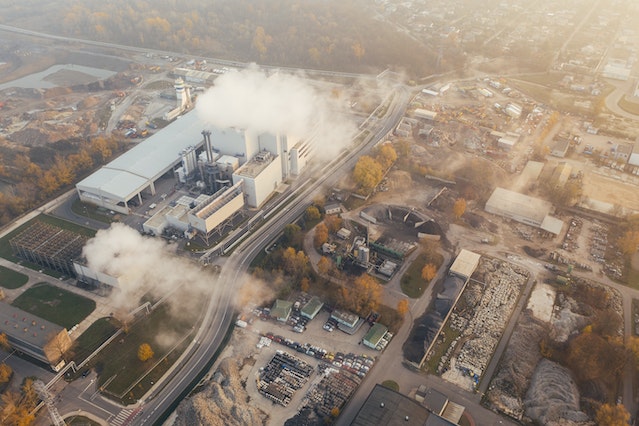

Extracting natural gas from the earth’s crust involves destroying several natural habitats of wild animals and other species that play a role in our ecosystem. Most of the mining stations for natural gas take up huge amounts of land, so animals and any other species in these areas have to relocate to other places.
Natural Gas requires expensive infrastructure


The process of transforming natural gas into electricity involves several steps, including extraction, transformation, and then generation of electricity. All these steps require the installation of equipment and the necessary infrastructure needed to make them possible. These costs have to be transferred to the final consumers of the electricity and other products generated from gas.
In comparison, generating energy using renewable energy sources like solar and wind requires a few steps, lowering the overall production costs. That is why the price per kWh for most renewable energy sources is way lower than that of natural gas.
Natural Gas is risky during transportation and storage


Natural gas is highly flammable and could cause catastrophic issues if the pipelines used in transportation or storage reservoirs get leakages. Such leakages can cause explosions, which could cause injuries and the death of several people and animals in the neighborhood. It is important to note that natural gas accidents have been minimized by ensuring all the infrastructure involved in its transportation and storage are well built and monitored.
There have been systems built to provide real-time data about any leakages on the pipeline or natural gas reservoirs. This enables the responsible teams to respond as soon as possible. Despite these improvements, natural gas explosions still kill about 17 people per year.
Natural Gas has little to no room for improvement
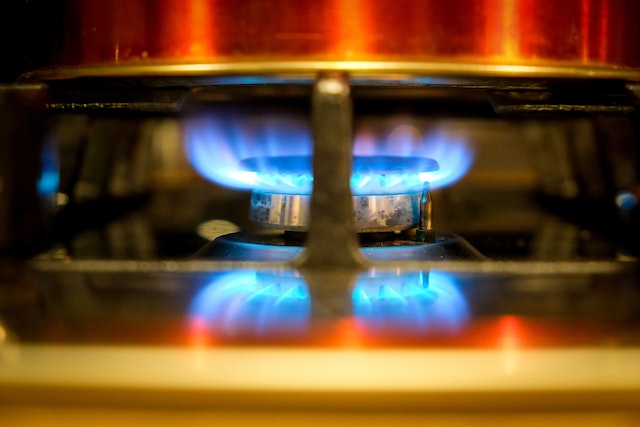

The technology of converting natural gas into electricity or any other form of energy is relatively mature compared to other energy sources. So, the possibilities of improving its efficiency or reducing its greenhouse gas emissions are very minimal since most of the options have already been explored.
Most renewable energy sources still have a lot of room for improvement that could lead to more efficiency or lower production costs. This makes natural gas a less ideal energy source for the future.
Final thought
Overall, natural gas is still the best source of energy when you compare it with other fossil fuel sources of energy. It is more efficient and also emits fewer greenhouse gases and other dangerous fumes that pollute our air. Natural gas may not be as clean as most renewable energy sources, but it is the ideal choice for generating energy during this transition from several unclean sources.
Natural gas is one of the common sources of energy used in various countries in the world. In the US alone, natural gas contributes over 38% of the electricity generated, making it the most popular energy source in the country. Natural gas may not be as clean as other renewable energy sources like solar or wind, but it is at least cleaner than coal and other fossil fuels.
Scientists look at natural gas as the transitional energy source between the dirty fossil fuels and renewable energy sources that the world is striving for. It emits the least greenhouse gases among all the fossil fuels when generating electricity. In today’s article, we will assess the impact of natural gas on our environment, including its advantages and disadvantages. But first, let us look at some basics of natural gas and how it is used to generate electricity.



